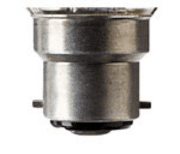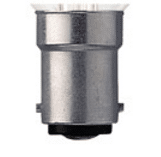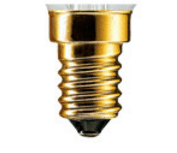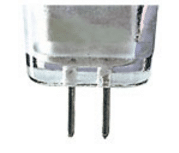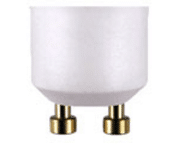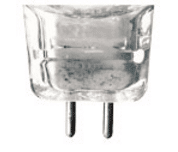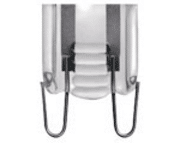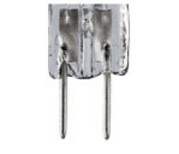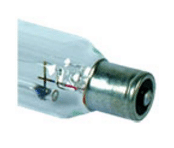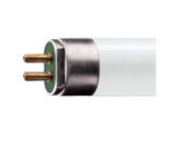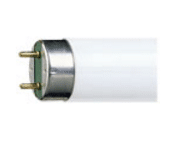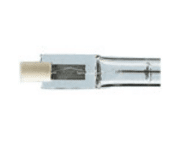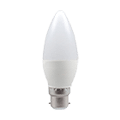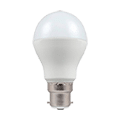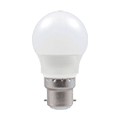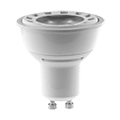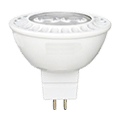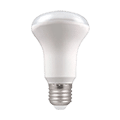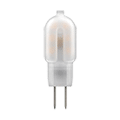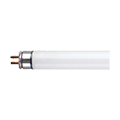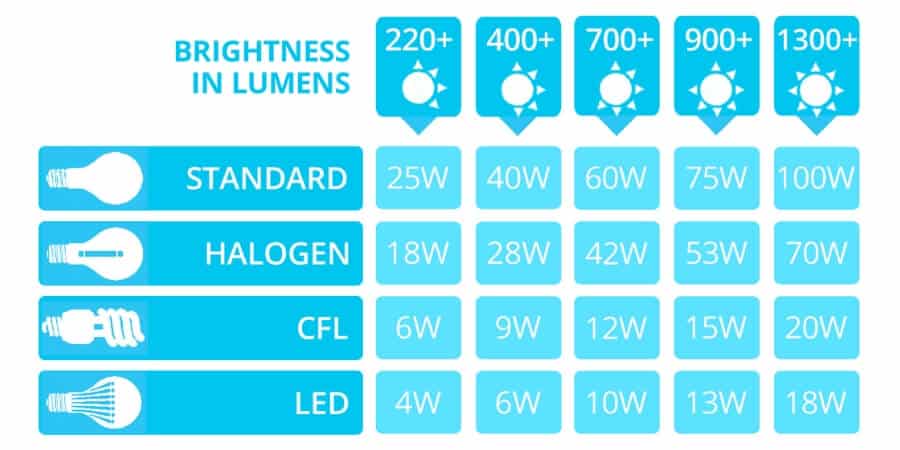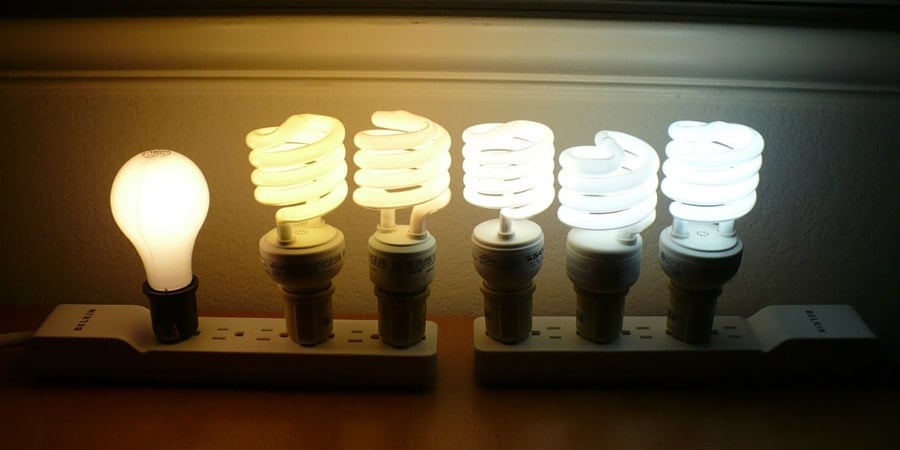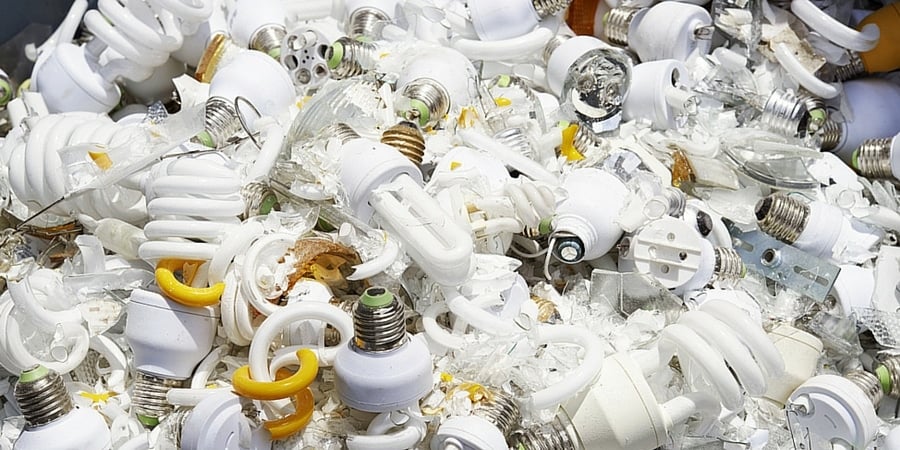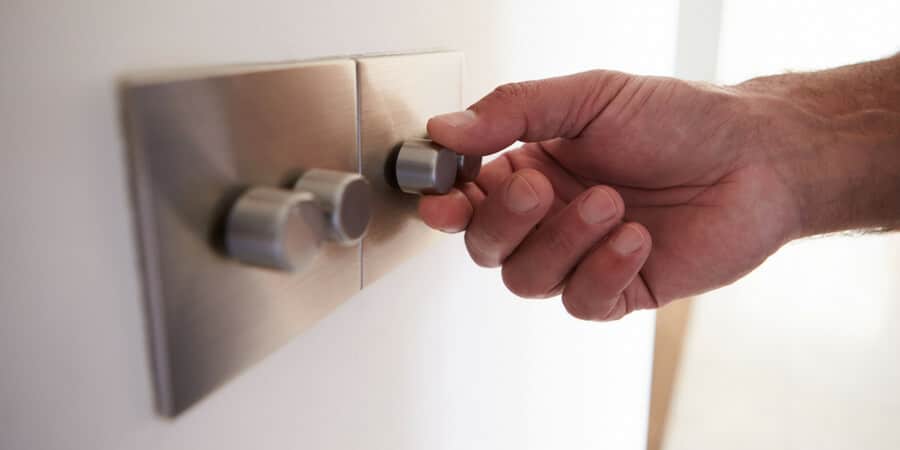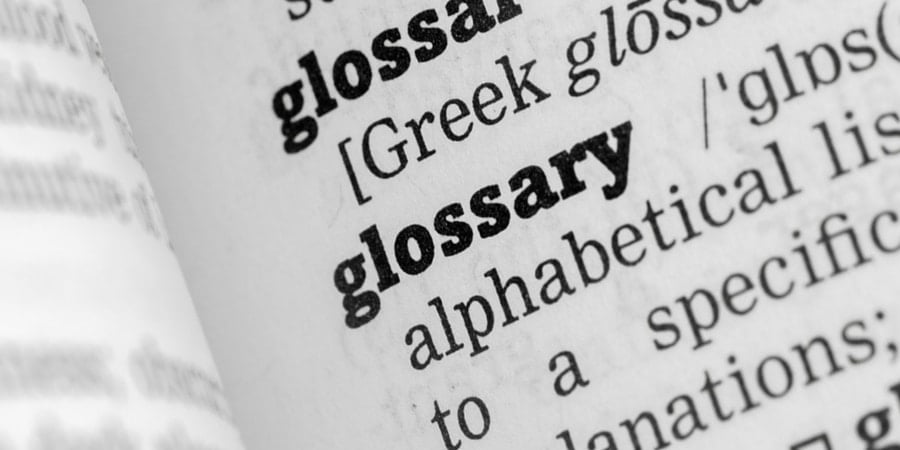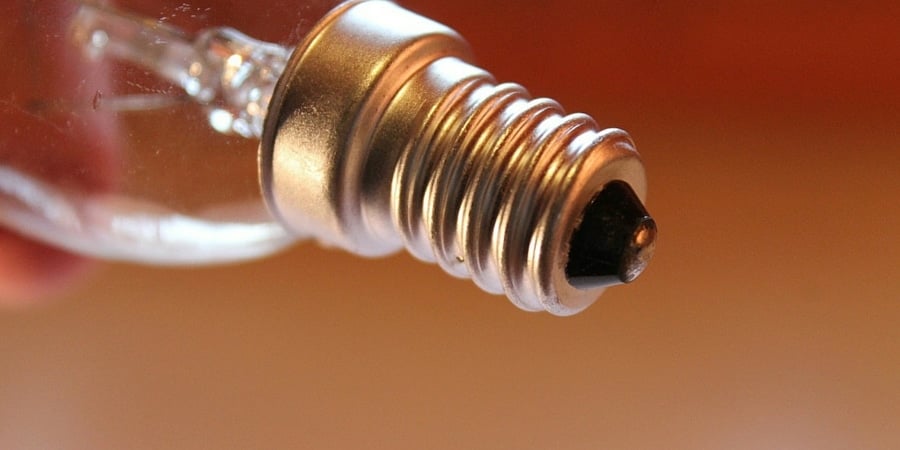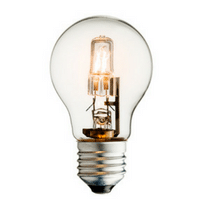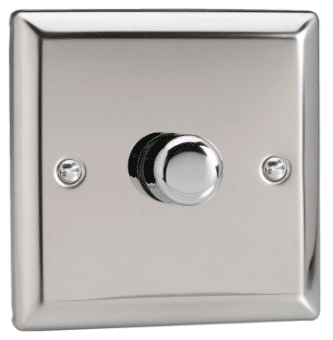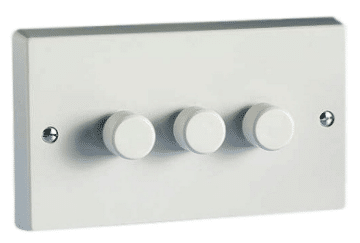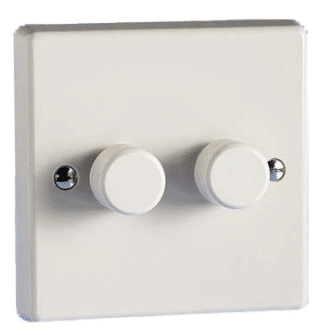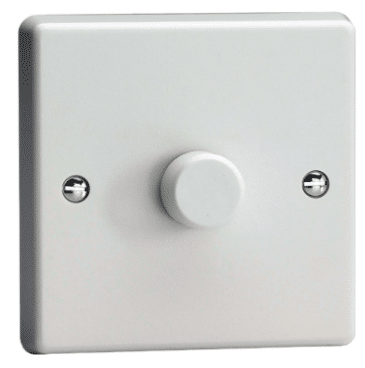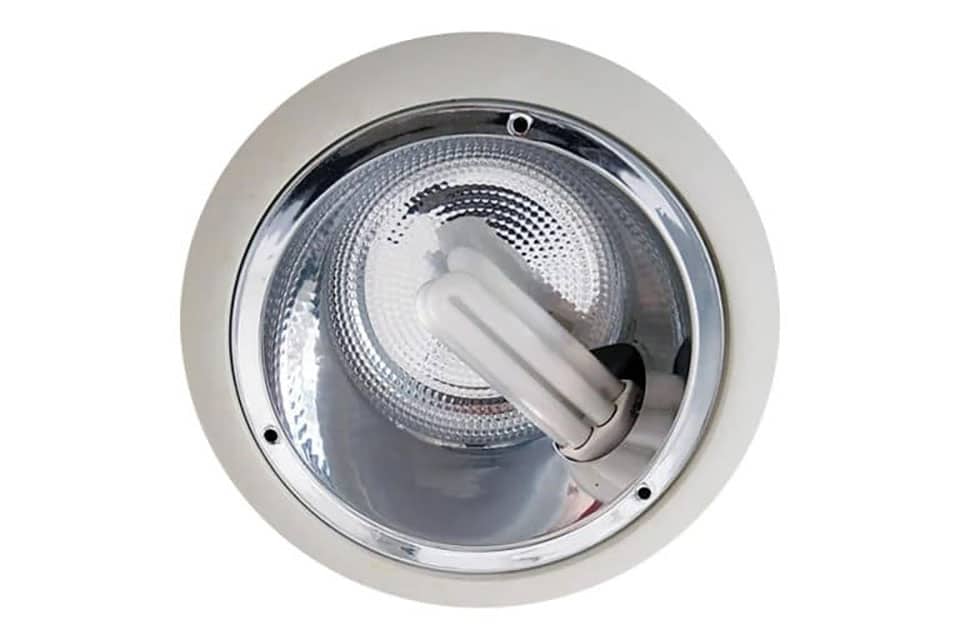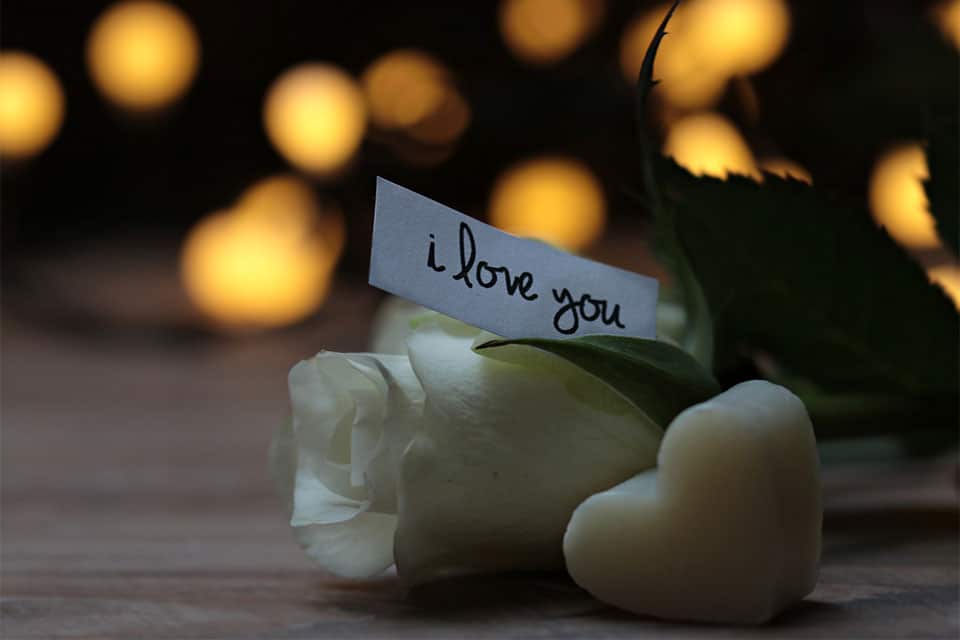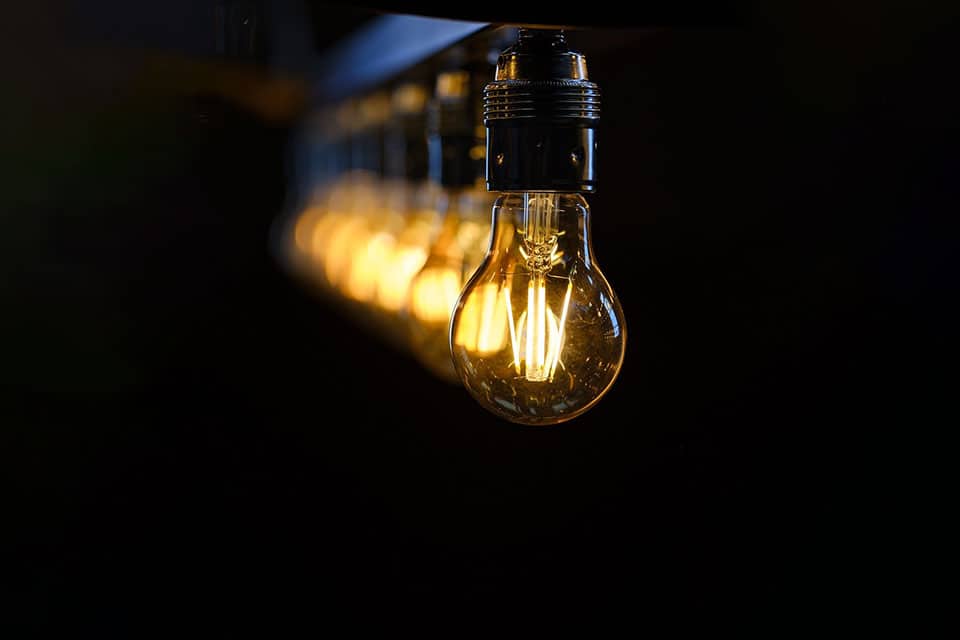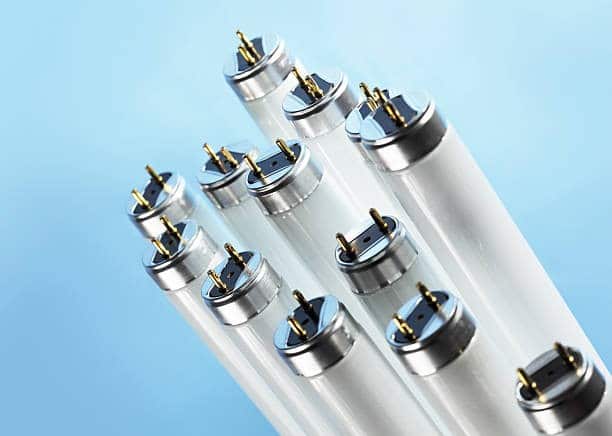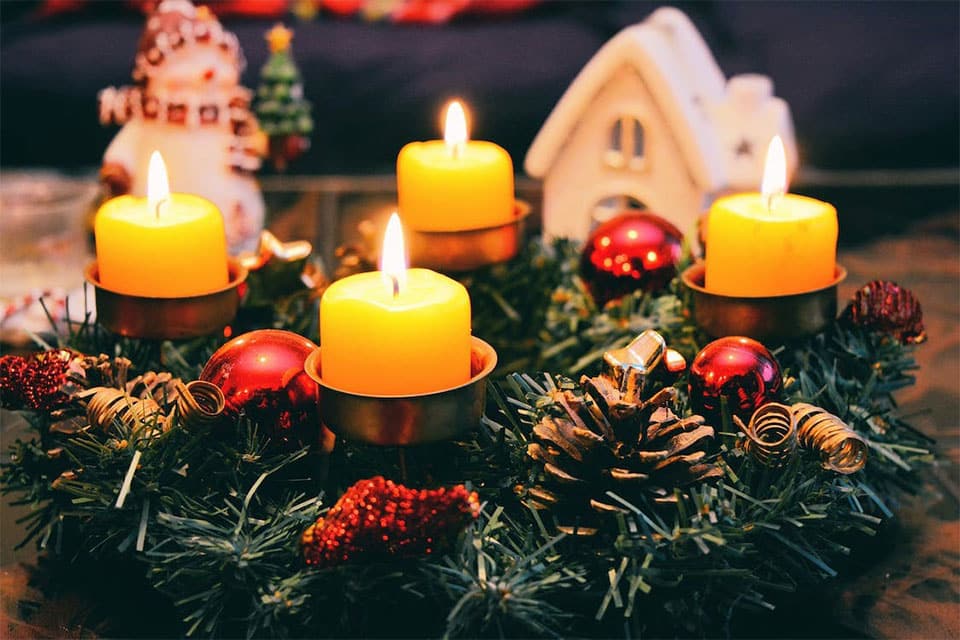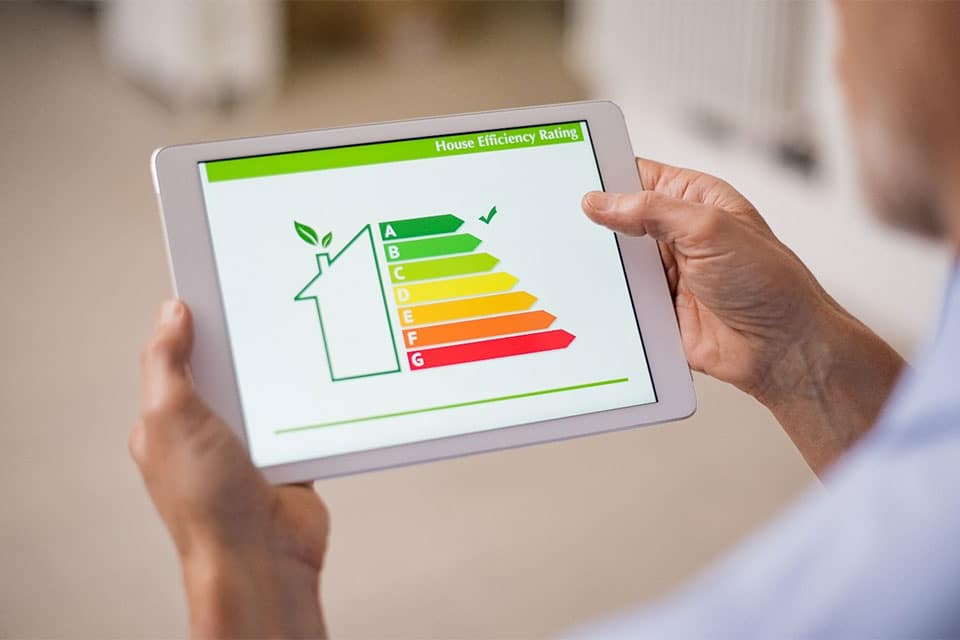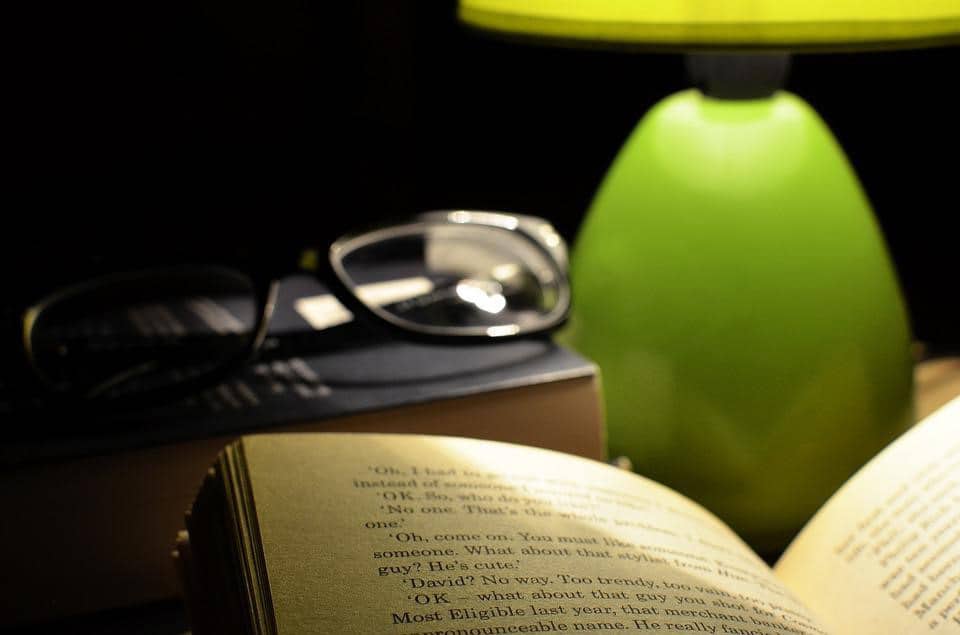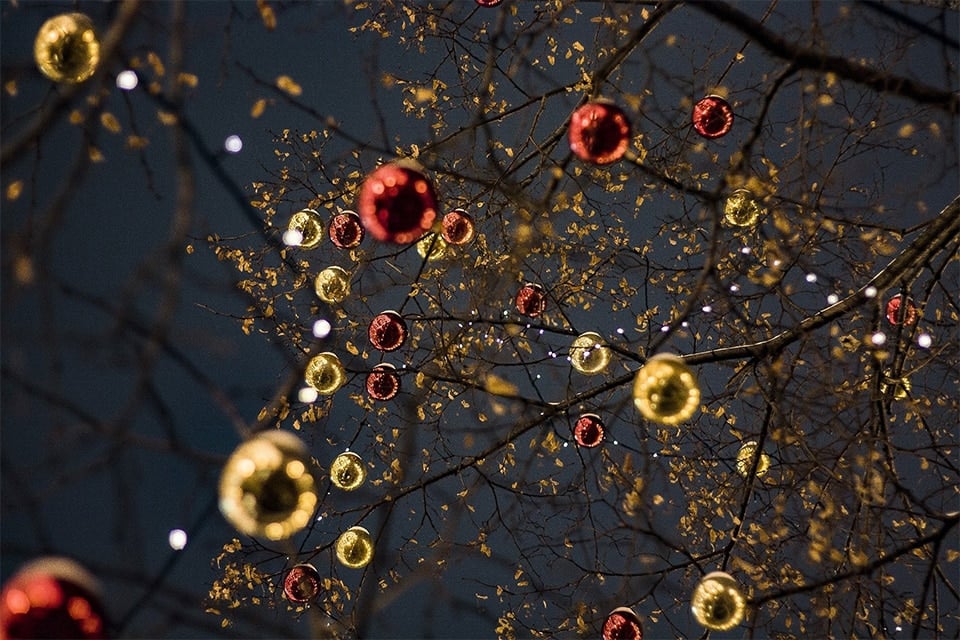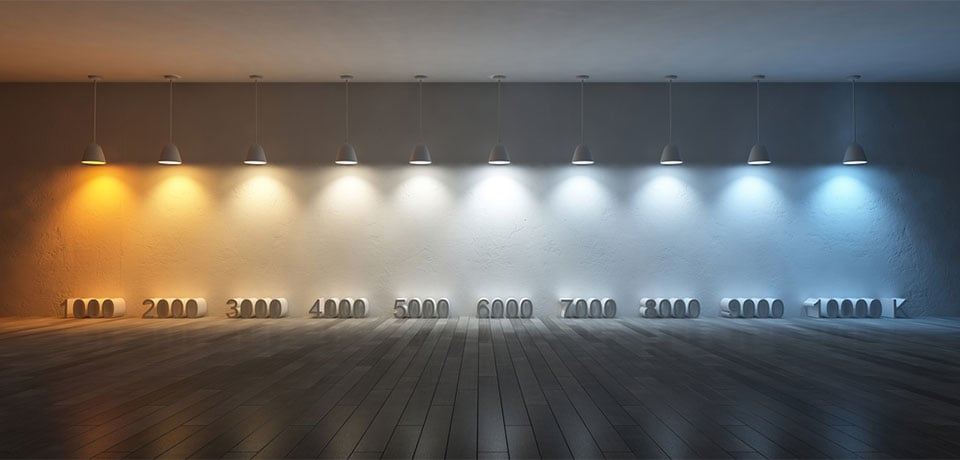Traditional incandescent light bulbs are very inefficient – they waste 95% of the electricity they use by turning it into heat! Under new EU rules, these bulbs are being phased out and replaced by energy efficient light bulbs – a measure that will reduce CO2 emissions by up to 15 million tons a year.
Traditional incandescent light bulbs began to be phased out in 2009 when the manufacture of 100W and 60W pearl light bulbs was stopped. In September 2011, 60W clear bulbs were also banned from being produced. These lamps were not removed from sale – there are still large stocks of them in the marketplace and we’ll continue to supply them until existing stocks run out.
Sales of these types of bulbs have been declining as more and more people learn about the benefits of energy efficient alternatives like halogen, compact fluorescent (CFLs), and LEDs. Check out our light bulb guides to learn more about these energy efficient alternatives:
Let’s compare these energy efficient options to traditional incandescent bulbs:
Wattage | Cost | Lifetime (Hours) |
|
|---|---|---|---|
Incandescent Bulbs | 60W | £0.98 | 1,000 |
Halogen | 42W | £1.05 | 2,000 |
CFL | 12W | £4.64 | 6,000 |
LED | 10W | £2.53 | 25,000 |
So if you’re making the switch to energy efficient light bulbs, the GLS 42W halogen lamp is a great budget choice that will also reduce your electricity consumption. There are lots of other options available however, and our website provides an easy way of finding the best energy-saving alternative to traditional light bulbs. Now could be a great time to re-evaluate the lighting in your home or workplace – remember our experts are always on hand to help.
If you’re making the switch to energy efficient light bulbs, the GLS 42W halogen lamp is a budget-friendly choice that will also reduce your electricity consumption. There are lots of other options available however, and our website provides an easy way of finding the best energy-saving alternative to traditional light bulbs. Keep reading for our tips on making the switch.
How to Phase Out Traditional Incandescent Light Bulbs
Transitioning from traditional bulbs to energy efficient alternatives can seem like a daunting task. To help you overcome the confusion of buying a new style of bulb, we’ve put together a step-by-step guide for switching to energy efficient lighting.
1. Decide which bulbs you want to replace
When you make the switch to energy efficient lighting, you don’t have to replace every bulb in your home in one go. Instead, start with the bulbs you use most frequently for immediate savings, such as bulbs that are on for more than four hours per day. Frequently used bulbs may include:
- Ceiling lights
- Table lamps
- Kitchen lighting
- Home office lighting
- Family room lighting
Bulbs that aren’t used as frequently, such as bedroom lighting, can be switched whenever the current bulb burns out.
When you’re determining which bulbs to replace first, remember that some fittings, such as semi- or fully-enclosed fixtures, aren’t ideal for LED bulbs. This is because LEDs dissipate heat through the base of the bulb, which is different than traditional bulbs. Make sure you select bulbs that are approved for these types of fittings.
2. Determine how bright you need your lights to be
Until recently, we’ve purchased light bulbs based on wattage. But as low-wattage, energy efficient light bulbs like CFLs and LEDs become more readily available, purchasing bulbs based on wattage has lead to some confusion over which energy efficient bulb is ideal for your space.
When you’re shopping for energy efficient bulbs, look for lumens, not watts. Wattage actually measures energy use, not light brightness, which is measured in lumens. So while we may be accustomed to shopping for bulbs according to wattage, lumens are a more accurate measurement of how bright your light will be.
LEARN MORE ABOUT LUMENS AND WATTS
The chart below will help you find the right energy efficient bulb for your space. If you’re used to purchasing 60W incandescent bulbs, a 42W halogen, 12W CFL, or 9W LED will emit the same level of brightness that you’re accustomed to. Simply click the equivalent wattage in the chart to shop for bulbs.
BRIGHTNESS | 220+ | 400+ | 700+ | 900+ | 1300+ |
Incandescent | 25 W | 40 W | 60 W | 75 W | 100 W |
Halogen | 18 W | 28 W | 42 W | 53 W | 70 W |
CFL | 6 W | 9 W | 12 W | 15 W | 20 W |
LED | 4 W | 6 W | 10 W | 13 W | 18 W |
3. Consider colour temperature
Colour temperature describes the appearance or tint of a particular light. Most lamps emit a white light, but this white can range from warm, yellowish light to cool, almost blue tones.
Most traditional incandescent bulbs produce a warmer yellow light that many people find appealing. Newer, energy efficient lights like LEDs can produce a wide range of warm and cool shades, which can make it difficult for you to decide which bulb to buy. Energy efficient bulbs that are described as emitting a “warm light” or “soft light” will produce a light similar to that emitted by a traditional incandescent bulb.
When you’re selecting a colour temperature, consider what your space is used for. Cooler tones, which are more wakeful, may be ideal for kitchens, offices, and task lighting, while warmer tones are more suitable for bathrooms, bedrooms, living spaces, and ambient lighting.
Colour Temperature | Soft/Warm | Medium | Cool | Daylight |
|---|---|---|---|---|
Kelvin Range | 2700K | 3500K | 4100K | 6500K |
Associated Effects & Moods | Friendly Intimate Personal Exclusive | Friendly Inviting Non-threatening | Neat Clean Efficient | Bright Alert Replicates natural sunlight |
Applications | Restaurants Hotel lobbies Boutiques Libraries Office areas Retail stores | Public reception areas Showrooms Bookstores Office areas | Office areas Conference rooms Classrooms Mass merchandisers Hospitals | Galleries Museums Jewelry stores Medical examination areas Printing companies |
LEARN MORE ABOUT COLOUR TEMPERATURE
4. Decide if you want a dimmable light
Most traditional dimmers work by restricting energy to the bulb, causing it to produce a lower light. With LEDs, which require very low wattage to begin with, old dimmer switches may not function properly, and your bulbs may buzz, flicker, or hum.
LEDs are dimmable, but they may require a new dimmer switch that is compatible with their lower energy use. Some LED bulbs have built-in circuitry to manage dimmers, but some don’t, so before you invest in a new dimmer, test your new bulb with your existing dimmer. If it doesn’t work as well as you’d like, replace the dimmer.
Check out our LED-compatible dimmer switches:
TELL ME MORE ABOUT DIMMABLE LEDS
5. Ask how long you want your light bulbs to last
All light bulbs are rated according to their “Average Rated Lifetime Hours” (ARL). ARL indicates how long it takes for a certain percentage of bulbs in a test batch to fail. For example, if 100,000 bulbs were tested and 70,000 bulbs (70%) failed after 1,000 hours, that bulb would receive a rating of 1,000 hours at L70.
Some bulbs, such as LEDs, can last for up to 25 years. Replacing frequently incandescent bulbs with longer lasting, energy efficient alternatives can save you money by reducing your energy bills and cutting down on the cost of replacing blown bulbs. Compare the average rated lifetime hours of each type of bulb with this chart:
|
|||||
|---|---|---|---|---|---|
| Incandescent | Fluorescent | CFL | Halogen | LED | |
| Typical Range (Hours) | 750-2,000 | 24,000-36,000 | 8,000-20,000 | 2,000-4,000 | 35,000-50,000 |
6. Check your fittings
Before you buy a new bulb, check your existing fitting to make sure you buy an energy efficient bulb with the proper cap or base.
LEARN MORE ABOUT LIGHT BULB CAPS AND BASES
7. Look into light bulb warranties
If you’re investing in LEDs, check and see what kind of warranty is offered with your chosen bulbs. Top manufacturers often provide warranties to help you resolve any issues with faulty bulbs or bulbs that don’t perform how you’d expect.
The Lightbulb Co. stock bulbs from some of the largest light bulb manufacturers in the world, including GE, Philips, Osram, and Sylvania. We hold accounts and purchase direct from each of them – a fact most of our competitors cannot claim to. The advantages of such an established direct relationship are essential: the manufacturer warranties and guarantees are only applicable if purchased through recognised stockists and respected partners.
8. Test your bulbs
Before you invest in new light bulbs for your entire home, buy a single bulb to see if you like the brightness and colour temperature.
If you have any questions about making the switch to energy efficient lighting, our experts are always on hand to help.


